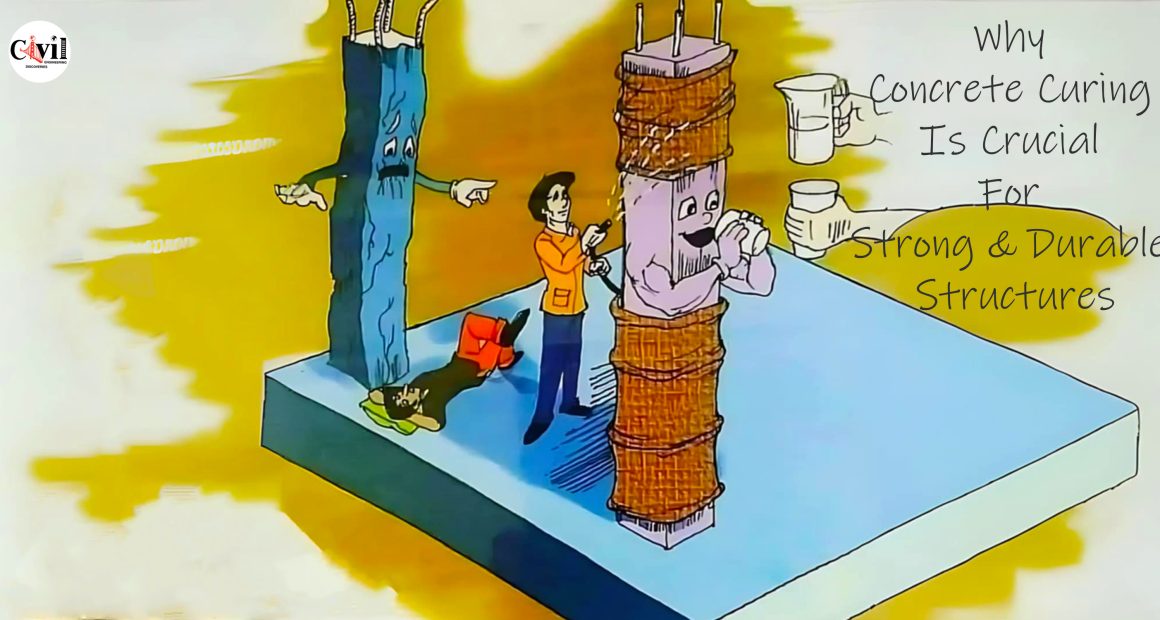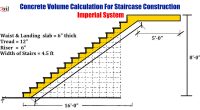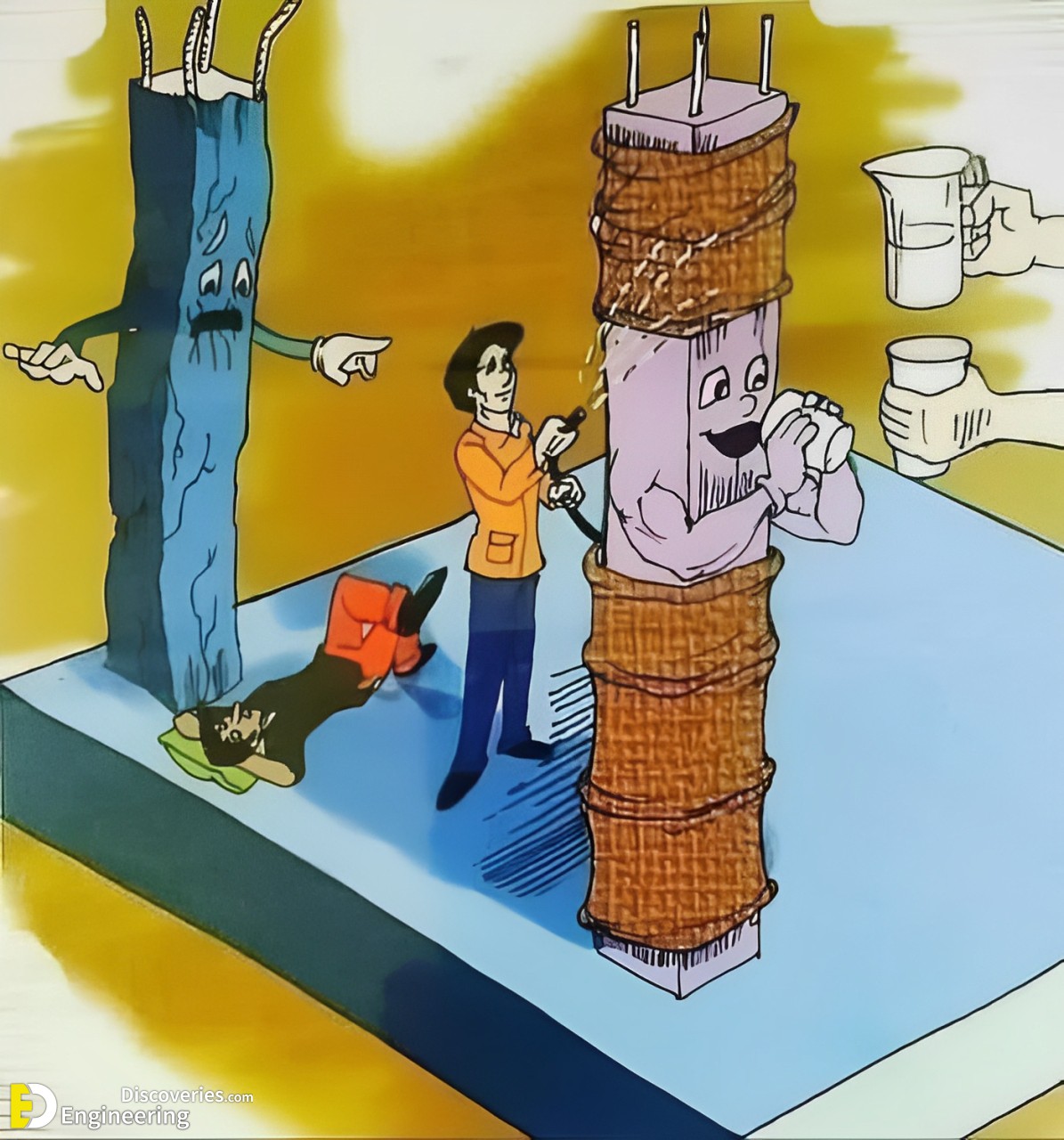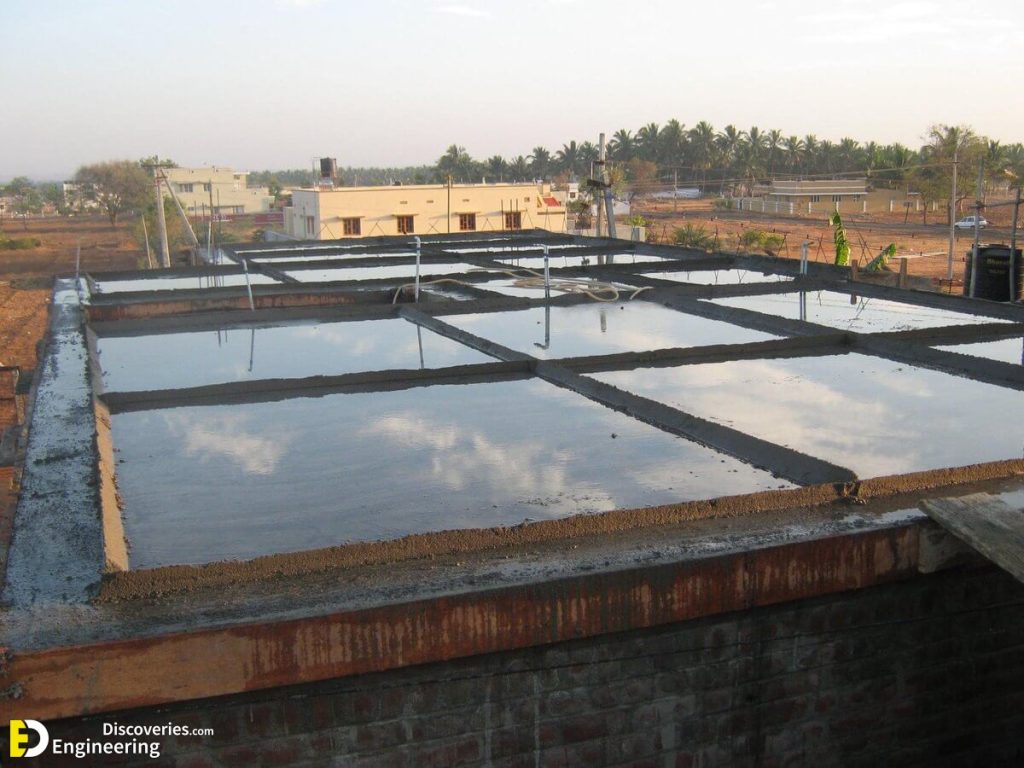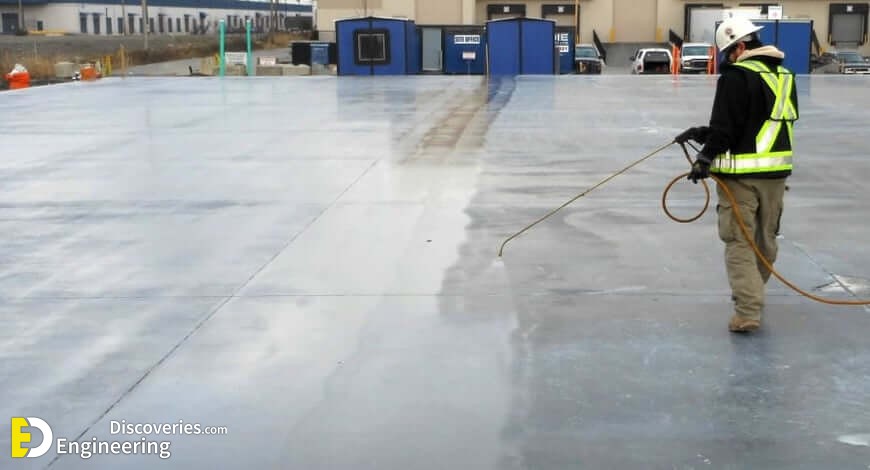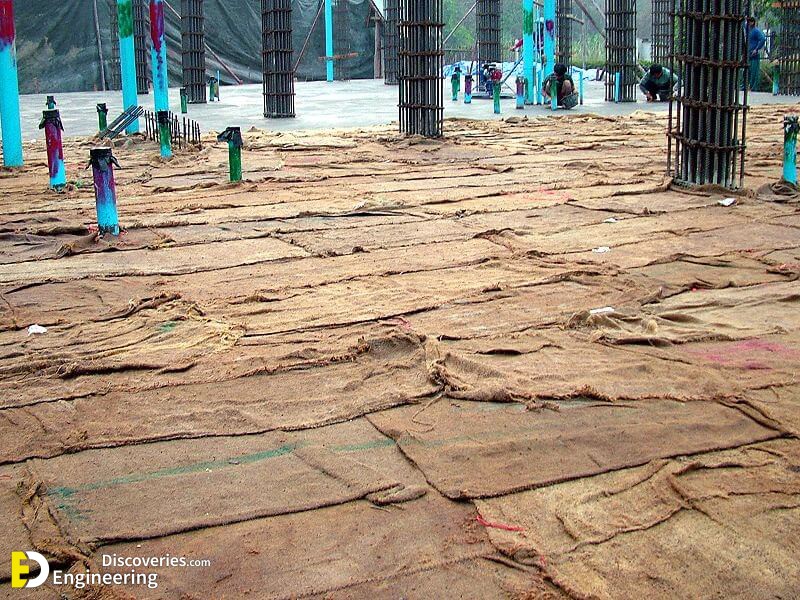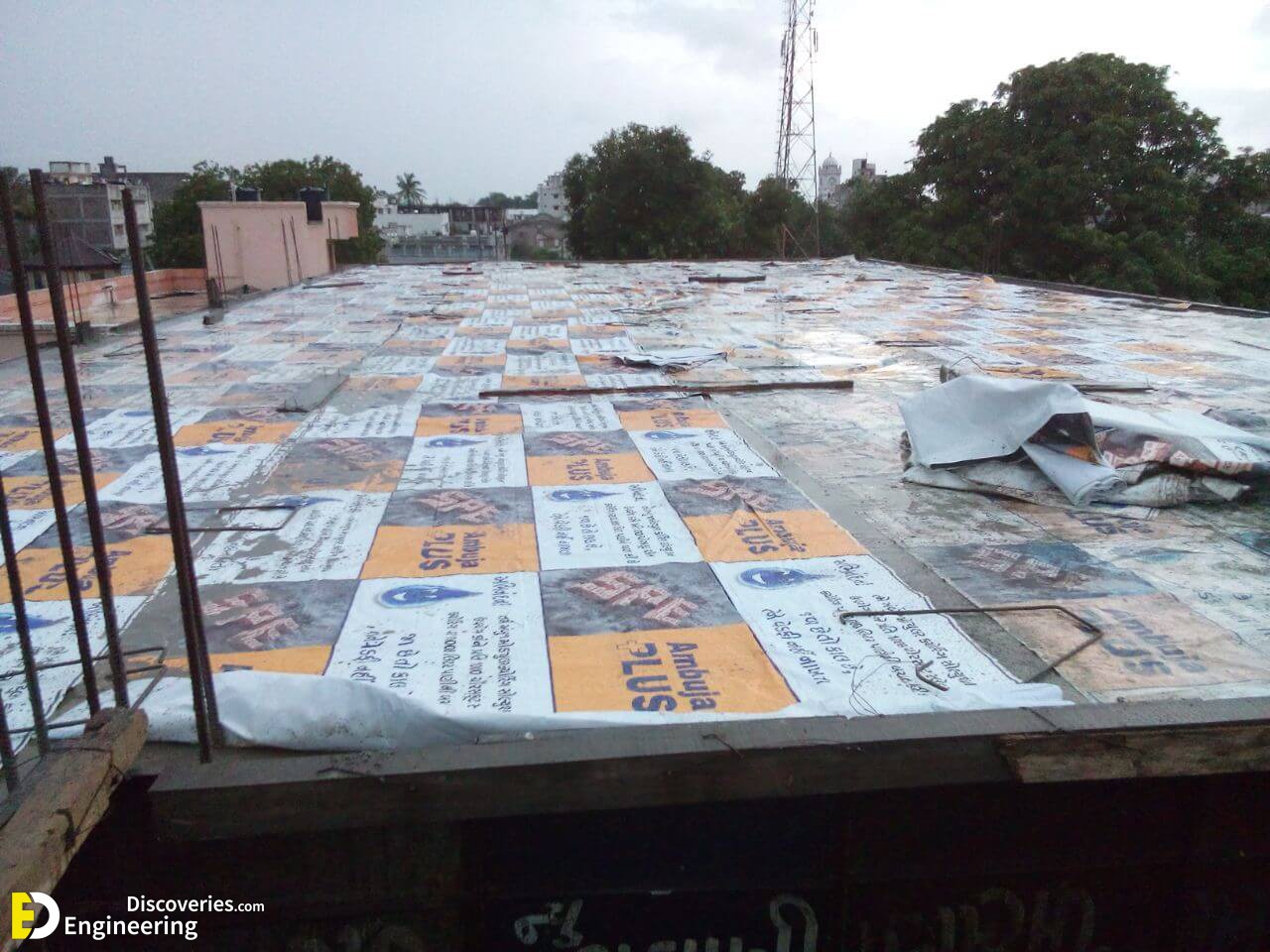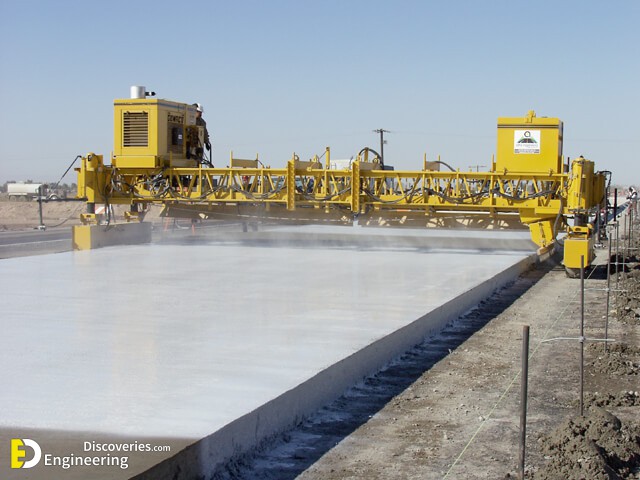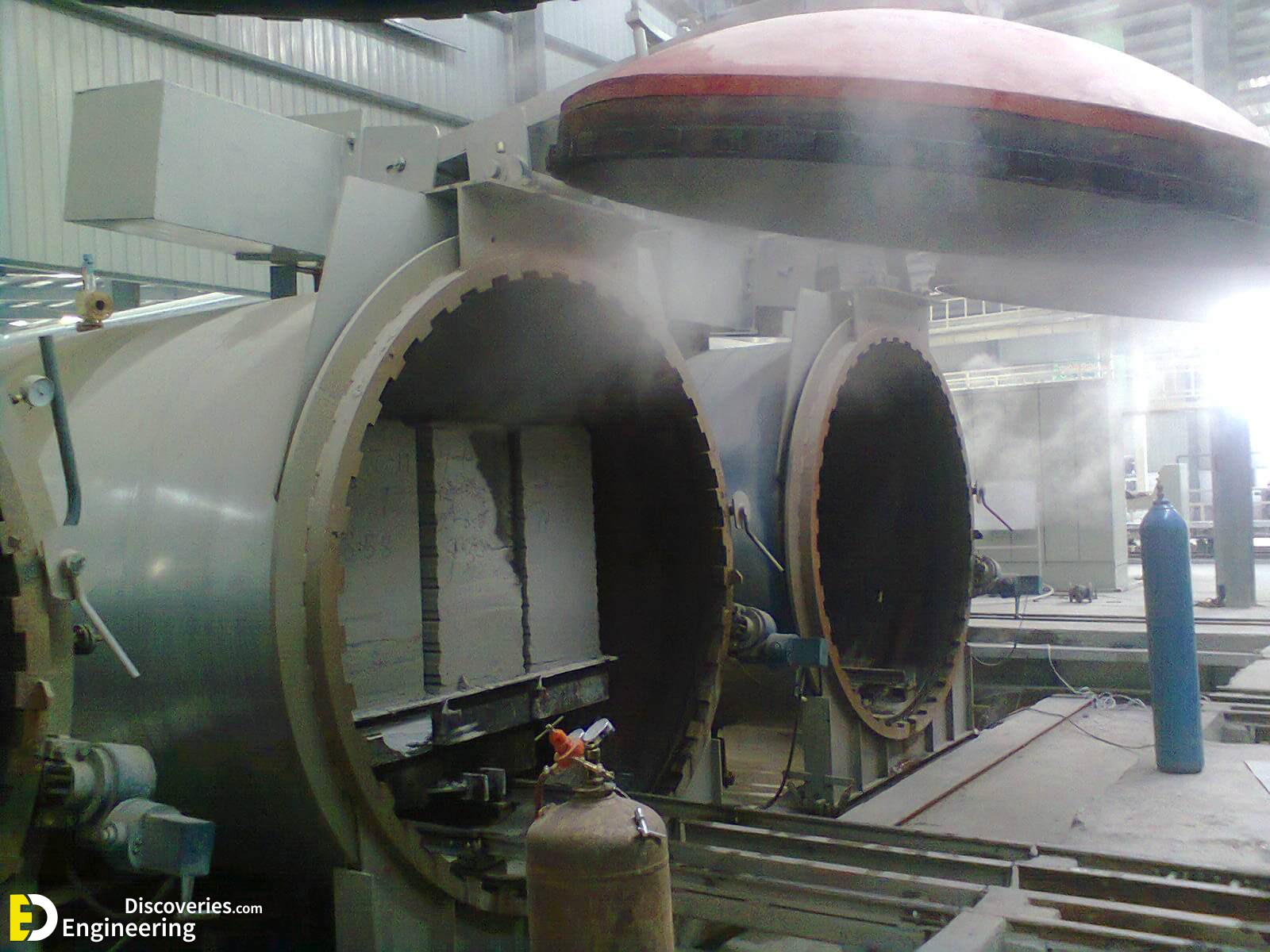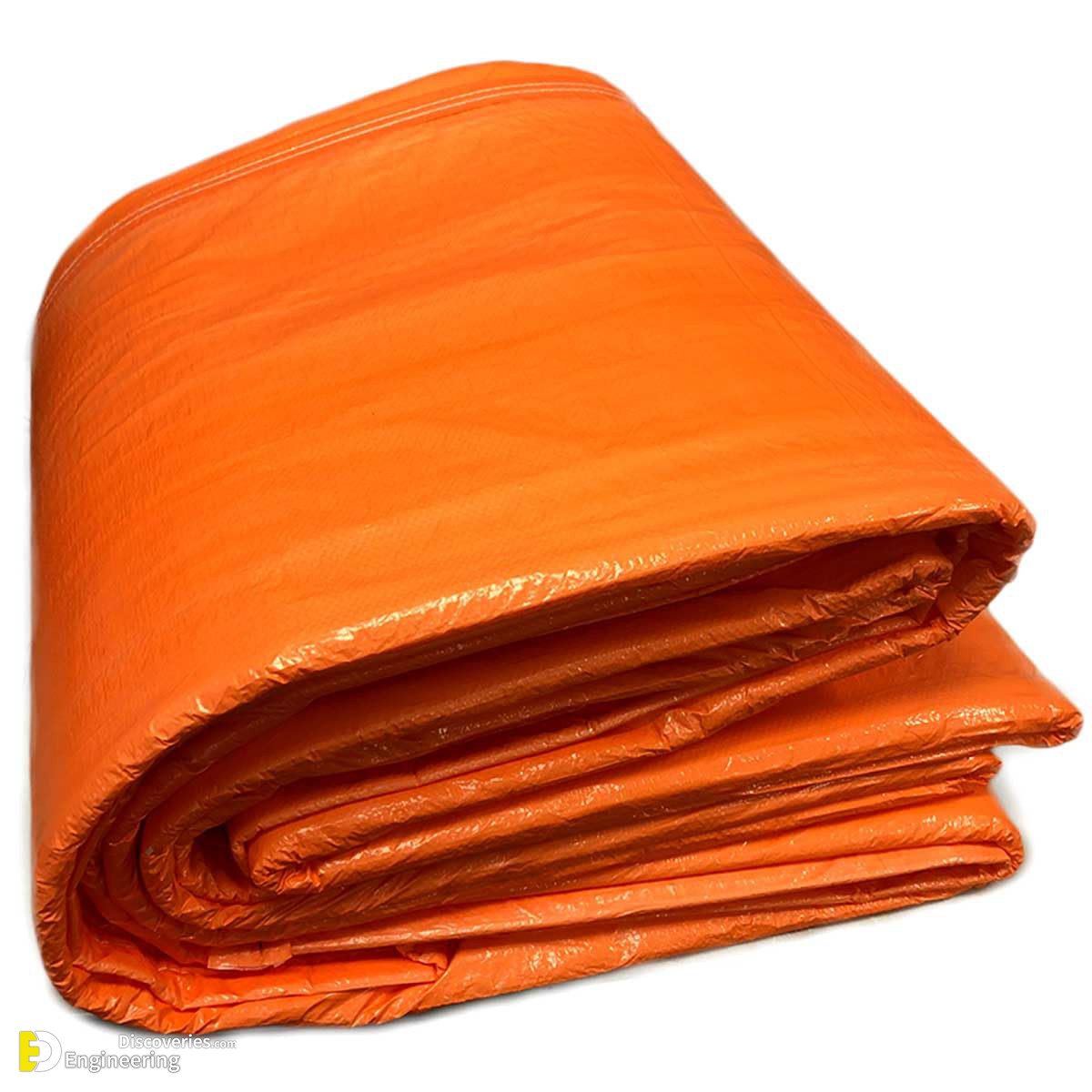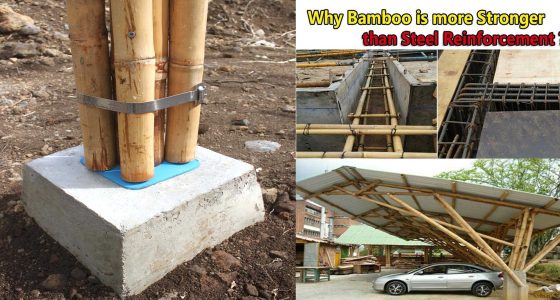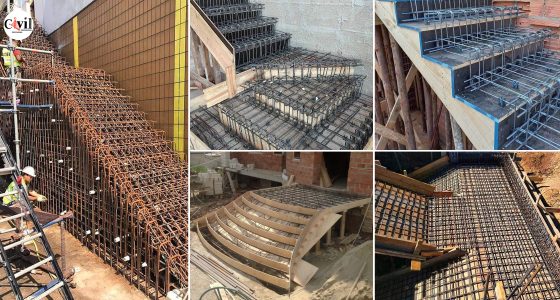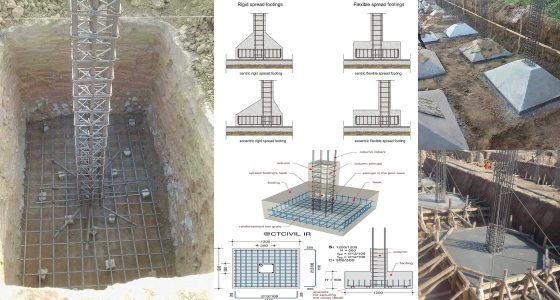Concrete is the backbone of modern infrastructure. From bridges and highways to skyscrapers and homes, it forms the very foundation of our built environment. Yet, one of the most critical aspects that determines the strength, durability, and longevity of concrete is often overlooked — curing. Proper concrete curing is not just a recommended practice; it is an essential procedure that ensures the performance of concrete structures over time.
What is Concrete Curing?
Concrete curing is the process of maintaining adequate moisture, temperature, and time after placing concrete to allow it to achieve its desired properties. When concrete is poured, the hydration reaction between cement and water must continue uninterrupted for the concrete to gain strength. Curing ensures that this process proceeds optimally, reducing the risk of surface cracking, shrinkage, and weak mechanical performance.
Why Concrete Curing is Essential
1. Maximizing Compressive Strength
One of the primary reasons for curing is to maximize the compressive strength of concrete. Inadequate curing results in insufficient hydration of the cement particles, significantly reducing the ultimate strength. Proper curing, especially within the first 7 to 14 days, can increase compressive strength by up to 50% compared to uncured or poorly cured concrete.
2. Enhancing Durability and Longevity
Concrete is exposed to a variety of harsh environmental conditions: freeze-thaw cycles, chemical attacks, abrasion, and water ingress. Well-cured concrete develops a dense microstructure that reduces porosity and enhances resistance to such factors. This makes the structure more durable and significantly extends its service life, minimizing the need for costly repairs or premature replacements.
3. Reducing Cracking and Shrinkage
One of the most common defects in concrete is plastic shrinkage cracking, which occurs when moisture evaporates too quickly from the surface. Proper curing techniques prevent rapid moisture loss and maintain internal humidity levels, thereby minimizing cracking risks and improving structural integrity.
4. Improving Surface Hardness and Abrasion Resistance
In industrial floors, pavements, and roads, the concrete surface must withstand mechanical wear and tear. Effective curing increases surface hardness and abrasion resistance, ensuring that the top layer is well-compacted, strong, and resistant to damage caused by foot and vehicular traffic.
5. Enhancing Resistance to Freezing and Thawing
In cold climates, concrete is particularly vulnerable to freeze-thaw damage. Curing helps in developing a dense microstructure that reduces water absorption. With lower permeability, the internal structure of the concrete resists expansion during freezing, preventing cracks and spalling.
Best Methods of Concrete Curing
Choosing the right curing method depends on the type of structure, environmental conditions, and available resources. The most common and effective methods include:
1. Water Curing
This is considered the most efficient method of curing. It involves continuous or periodic application of water to the concrete surface to maintain moisture.
Ponding: Suitable for flat surfaces like slabs.
Spraying or Fogging: Ideal for vertical surfaces or hot weather conditions.
Wet Coverings: Burlap or cotton mats soaked with water placed over the concrete.
2. Membrane Curing
This involves the application of curing compounds — liquid membranes sprayed or rolled onto the surface to form a film that prevents moisture evaporation.
Ideal for large areas.
Requires proper surface preparation.
Often used when water availability is limited.
3. Steam Curing
Steam curing accelerates the hydration process by applying heat and humidity to precast plants or cold weather conditions.
Increases early strength gain.
Reduces construction time.
Must be carefully controlled to avoid thermal cracking.
4. Plastic Sheeting and Insulating Blankets
Plastic sheets prevent moisture loss by acting as a vapor barrier, especially useful in windy or hot climates. Insulating blankets can also maintain optimal curing temperatures in cold environments.
Curing Duration: How Long Should It Last?
The minimum curing period varies depending on the type of cement, mix design, and the environmental conditions. However, a general rule is:
7 days for Ordinary Portland Cement (OPC).
10–14 days for blended cements like PPC or PSC.
Extend curing in hot, dry, or windy weather to avoid rapid moisture loss.
Proper monitoring of curing temperature (ideally between 10°C and 25°C) and moisture retention is essential during this period to achieve optimal results.
Consequences of Inadequate Curing
Failing to cure concrete properly can lead to several problems, including:
Lower compressive strength and reduced structural capacity.
Increased permeability, leading to corrosion of reinforcement.
Early age cracking, compromising structural aesthetics and safety.
Dusting and scaling of the surface due to poor abrasion resistance.
Shortened service life, resulting in higher maintenance and repair costs.
Curing in Special Situations
Hot Weather Curing
High temperatures accelerate evaporation and can disrupt hydration. Use windbreaks, sunshades, fog sprays, or evaporative retardants to control the curing environment.
Cold Weather Curing
In cold climates, hydration slows down or stops below 5°C. Use heated enclosures, insulated forms, or electric curing blankets to maintain suitable temperatures.
High-Performance Concrete (HPC)
For high-performance or high-strength concrete, meticulous curing is necessary to achieve target properties. Use temperature monitoring sensors, data loggers, and maturity meters to track the hydration process precisely.
Sustainability and Curing: A Long-Term Investment
Curing plays a significant role in sustainable construction. By extending the life of concrete structures, it reduces the need for raw materials, energy, and water associated with frequent repairs or replacements. Proper curing also enhances performance, ensuring optimal use of resources from the start.
Click Here To See Curing Precast Concrete By Steam Curing Method
